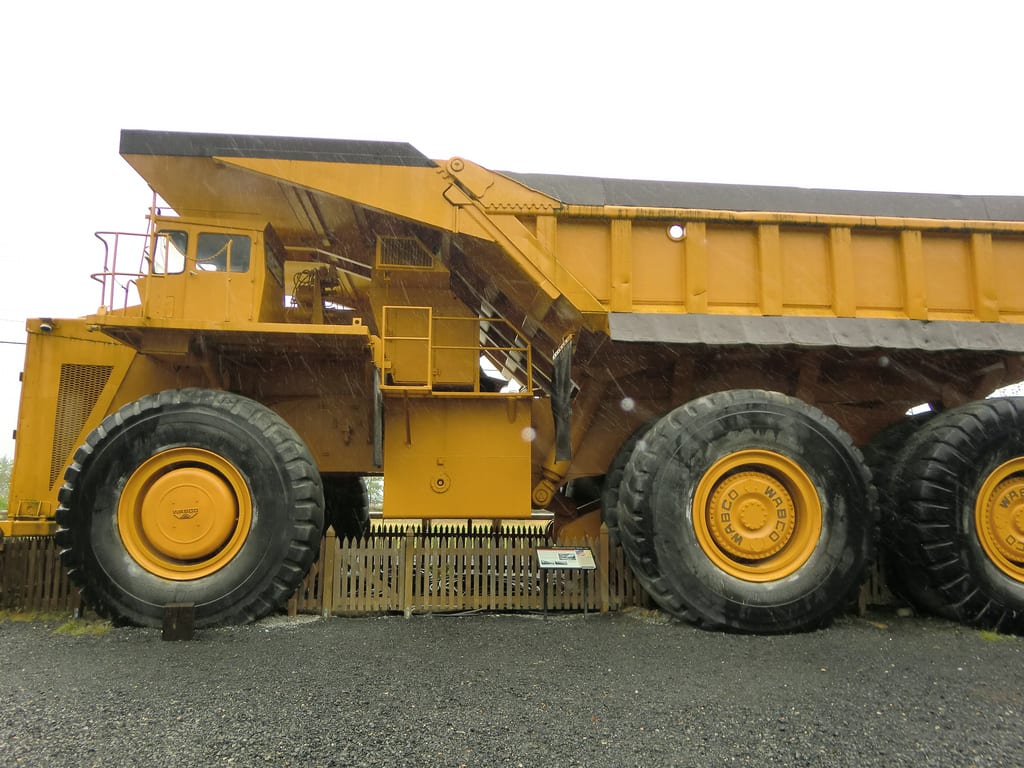Project title: Futuristic Smart Seat Design for Mining Trucks
Industry partner: Mandalay Resources operates a gold and antimony mine located in Costerfield, Central Victoria. The operation is spread across two sites. Augusta is the underground site and the processing plant is named Brunswick. The mine’s final product is a concentrate containing approximately 50% antimony and 80 grams per tonne gold. The concentrate is sent to China for processing where the antimony is ultimately used as a fire retardant in plastics and other synthetic materials. Historically antimony was mainly used as an alloying element in the production of munitions. There is currently a workforce of approximately 200 people engaged at the Costerfield mine site. An exploration team is currently working to secure the future of mining at Costerfield.
Project background and project aims:
This project is based on the fact that Mandalay Recourses—a 100%-owned Costerfield god-antimony mine in Victoria—received complaints from drivers concerning the discomfort and injuries while operating the mining equipment. When drivers sitting for a long time, the exposure to whole body vibration and unbalanced force may lead to some diseases such as sitting sores, lower back pain, lumbar spine injury etc.
Therefore, it is necessary to study the pressure distribution in the sitting position. The focus in this project has been to design and develop smart seat and mobile application for mining personnel during a long-term drive in trucks. This will be an effective tool for detecting and analysing the pressure centre of the body posture and to guide drivers to the correct posture, which can help to prevent disease due to unbalanced posture. The project will be divided into the following tasks:
- Develop conceptual design of smart seat that conform to ergonomics and to ensure thermal comfort of human body
- Identify and choose materials for the smart seat in terms of thermal and mechanical properties, viscoelastic characteristics, etc
- Identify and develop function module design for data acquisition
- Design and develop data receiving and processing module
- Design and develop data acquisition and analysis module
- Implement and test the smart seat system
Equipment:
- Pressure sensors and digital circuit to collect data
- Consumables, materials, and seat mechanisms (fabrics, foam, 3D printing, etc)

